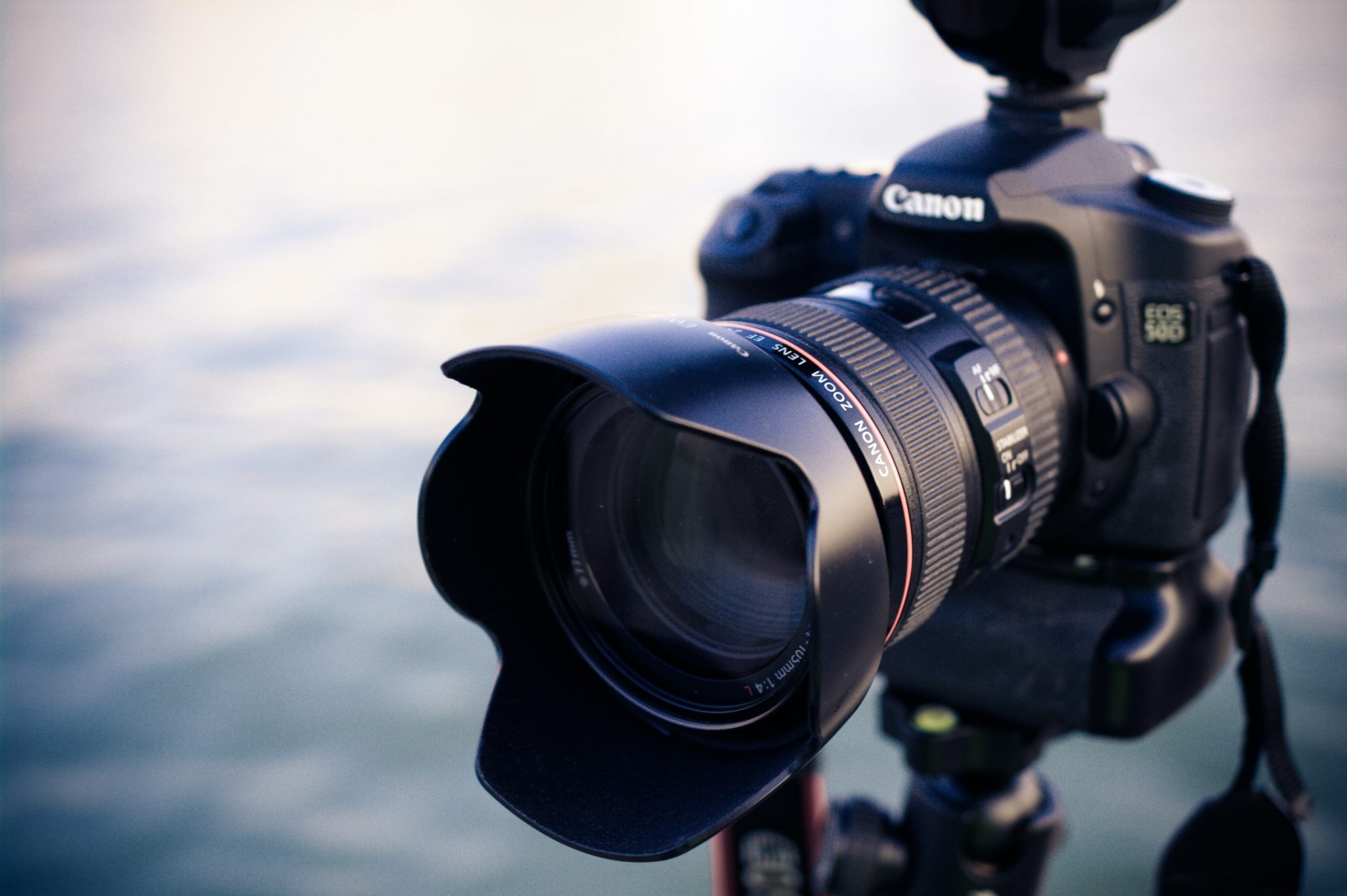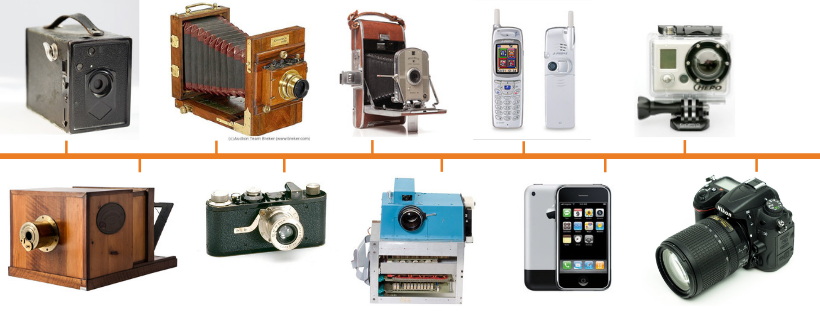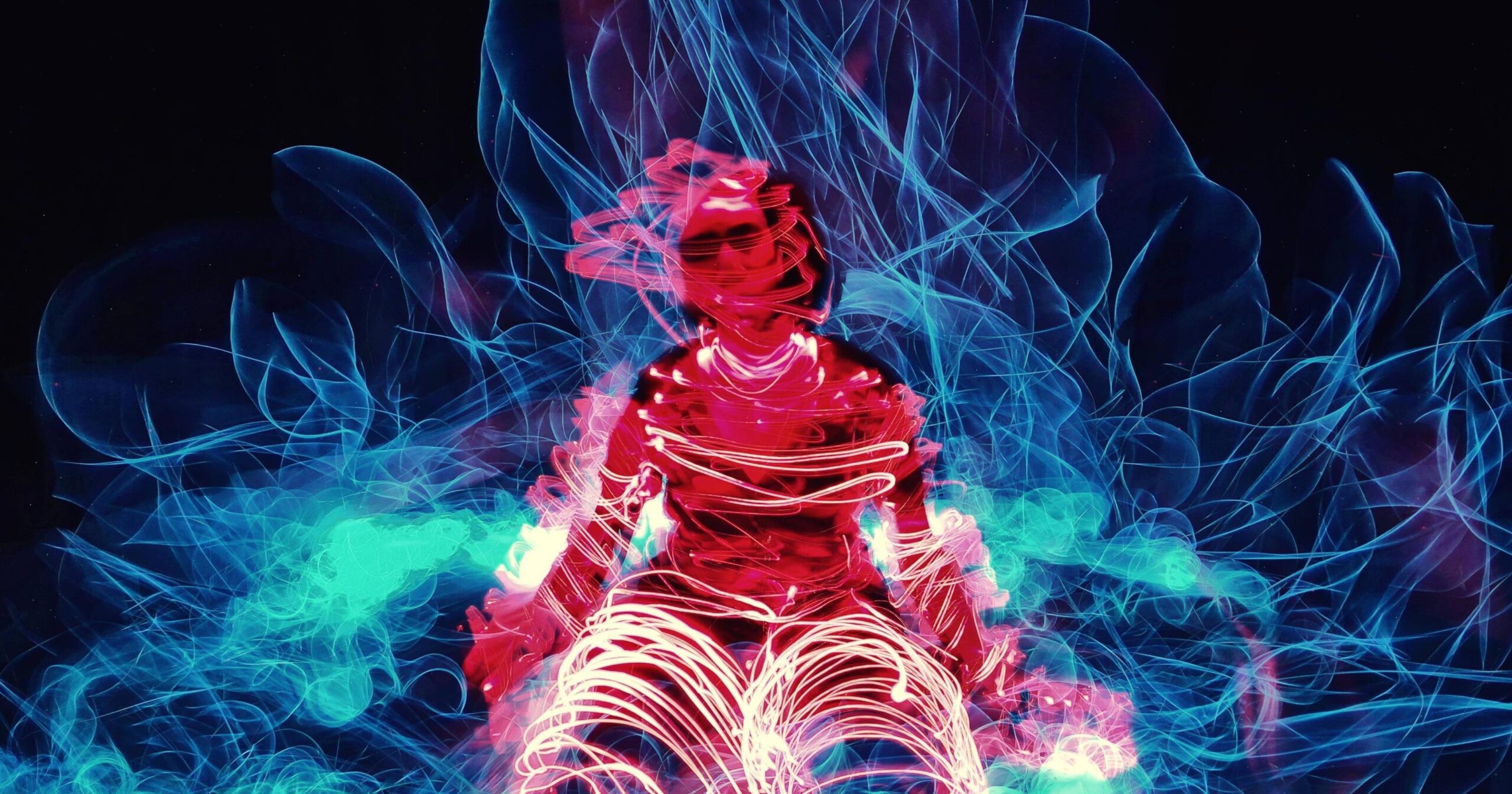Photography is an art form that captures and preserves moments in time. A good camera is essential for any photographer to capture images that meet their creative vision. However, with so many cameras available in the market, choosing the right one for your photography needs can be a daunting task. In this article, we will explore various factors that you need to consider when choosing the right camera for your photography needs.
Understanding Your Photography Needs
Before choosing a camera, it is essential to understand your photography needs. Different photographers have different photography styles and preferences, which can influence the type of camera they choose. Some photographers may prefer to capture landscapes, while others may focus on portraits or action photography. Therefore, it is important to assess your photography needs and preferences before choosing a camera.
Camera Types
There are several types of cameras available in the market, each with its own advantages and disadvantages. The most common types of cameras are:
- Point-and-Shoot Cameras
- Mirrorless Cameras
- DSLR Cameras
Point-and-Shoot Cameras
Point-and-shoot cameras are compact cameras that are easy to use and convenient to carry around. They are ideal for casual photography, travel photography, and everyday use. Point-and-shoot cameras are affordable and come with built-in lenses, which makes them an excellent choice for beginners.
However, point-and-shoot cameras have some limitations when it comes to image quality and creative control. They have small sensors, which means that they may not perform well in low-light conditions. Additionally, they may not have the same level of manual control as more advanced cameras.
Mirrorless Cameras
Mirrorless cameras are becoming increasingly popular among photographers due to their compact size and advanced features. They are similar to DSLR cameras but do not have a mirror, which means that they are smaller and lighter. Mirrorless cameras offer excellent image quality and manual control, making them ideal for both beginners and professionals.
The main disadvantage of mirrorless cameras is their battery life, which can be shorter than DSLR cameras. Additionally, they may not have the same range of lenses and accessories as DSLR cameras.
DSLR Cameras
DSLR cameras are popular among professional photographers due to their versatility, image quality, and manual control. They have a mirror that reflects light onto the camera’s sensor, which produces high-quality images with excellent depth of field. DSLR cameras offer a wide range of lenses and accessories, which makes them ideal for a variety of photography styles.
However, DSLR cameras are large and heavy, which can make them cumbersome to carry around. Additionally, they are more expensive than point-and-shoot and mirrorless cameras, which may not be suitable for beginners or photographers on a budget.
Sensor Size
The size of a camera’s sensor is an important factor to consider when choosing a camera. The sensor is the part of the camera that captures light and converts it into an image. A larger sensor can capture more light, which results in better image quality and low-light performance.
Full-frame sensors are the largest sensors available in the market, and they produce the highest quality images with excellent depth of field. However, cameras with full-frame sensors are more expensive and larger than cameras with smaller sensors.
Crop sensors are smaller than full-frame sensors but still produce excellent image quality. Cameras with crop sensors are more affordable than full-frame cameras and may be a better choice for photographers on a budget.
Lens Options
Lenses are an essential part of any camera system, and choosing the right lens can make a significant difference in your photography. Different lenses are suitable for different photography styles, and having a range of lenses can expand your creative options.
When choosing a camera, it is important to consider the range of lenses available for that particular camera system. DSLR
Autofocus System
The autofocus system is an important feature to consider when choosing a camera. Autofocus systems help to ensure that your images are sharp and in focus. Different cameras have different autofocus systems, which can vary in speed and accuracy.
Advanced autofocus systems use multiple focus points, which helps to ensure that your subject is in focus, even if it moves within the frame. Additionally, some cameras have eye-detection autofocus, which is particularly useful for portrait photography.
Video Capabilities
If you plan to shoot video, it is important to choose a camera with good video capabilities. Some cameras are designed specifically for video, while others offer video as a secondary feature.
When choosing a camera for video, it is important to consider the resolution, frame rate, and video codec. Higher resolution and frame rates offer better quality videos, while certain video codecs may be more suitable for editing.
Connectivity
Connectivity is another important factor to consider when choosing a camera. Most cameras offer Wi-Fi and Bluetooth connectivity, which makes it easy to transfer images to your smartphone or computer.
Some cameras also offer NFC connectivity, which allows you to transfer images by simply touching your camera to your smartphone. Additionally, some cameras have built-in GPS, which can be useful for travel photography.
Budget
Budget is a significant consideration when choosing a camera. Cameras can range in price from a few hundred dollars to several thousand dollars, depending on the type and features.
It is important to consider your budget when choosing a camera, but it is also important to consider the long-term investment. A more expensive camera may offer better features and image quality, which can help you to achieve your creative vision.
Conclusion
Choosing the right camera for your photography needs can be a challenging task, but by considering the factors mentioned in this article, you can make an informed decision. Understanding your photography needs, camera types, sensor size, lens options, autofocus system, video capabilities, connectivity, and budget can help you to choose a camera that meets your creative vision and budget.
Remember, the most important factor when choosing a camera is how it feels in your hands and how it allows you to express your creative vision. So, take your time to research and try out different cameras before making a final decision. Happy shooting!











